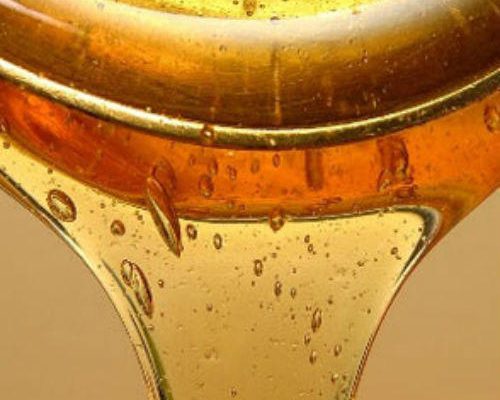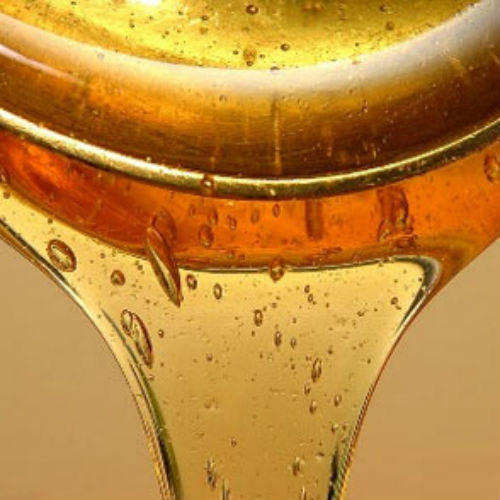OilChat #41 dealt with Fuel Economy and Wear in engines as well as the impact of the SAPS (sulphated ash, phosphorus & sulphur) content of engine oils. This newsletter takes it a step further and addresses the significance of high temperature high shear (HTHS) viscosity of engine oil. HTHS viscosity is a critical oil property that relates to the fuel economy and durability of engines. The HTHS test is a simulation of the shearing effects that occur in engines. It is a measure of the resistance of oil to flow under conditions resembling highly loaded journal (crankshaft) bearings in engines running at elevated temperatures and high loads. Standard HTHS viscosity measurements are performed at 150°C and a specified shear rate.
New global and local government vehicle regulations demand better fuel economy and a reduction in greenhouse gas emissions. One of the ways that this can be achieved is by using lower HTHS viscosity engine oils. Multigrade lubricants developed for use in automotive engines often contain polymeric viscosity modifiers. The contribution of such viscosity modifiers (VMs) to the viscosity/thickness of oil decreases when the VMs are exposed to the high shear conditions found in critical engine components such as ring/liner interfaces, journal bearings and valve drive components.
Under normal operating temperatures (70°C to 100°C), the HTHS viscosity of engine oil is inversely proportional to fuel economy. HTHS viscosity is measured in centiPoise (cP). It should be noted that 1 cP is equal to 1 milliPascal second (mPa.s) since some specifications list mPa.s rather than cP. Bench tests have indicated that a lower HTHS potentially improves fuel economy at a rate of 0.5% to 2.0% for each 0.5 cP reduction in HTHS viscosity, depending on the engine type and operating conditions.
A too low HTHS viscosity however may affect engine durability. Decreased oil film thickness can lead to boundary lubrication conditions and increased wear. It can also cause lower oil pressure when the engine is idling at operating temperature. Even worse, under high stress conditions permanent viscosity loss may occur due to shearing of polymeric viscosity modifiers. It is therefore no surprise that the Society of Automotive Engineers’ SAE J300 Engine Oil Viscosity Classification System includes HTHS limits to ensure that engine oils can be relied on to provide the necessary lubrication under high temperature high shear conditions. The thinner the viscosity grade, the lower the required HTHS viscosity. For instance, SAE J300 specifies an oil must have a HTHS viscosity of 3.7 cP or higher in order to be classified as a SAE15W40 viscosity grade, whilst the minimum limit for a SAE 5W30 is only 2.9 cP.
HTHS viscosity limits are also incorporated in the latest American Petroleum Institute (API) diesel engine oil specifications:
API CK-4 defines oils for use in four-stroke diesel engines designed to meet 2017 model year on-highway and Tier 4 non-road exhaust emission standards These oils are also suitable for older diesel engines. API CK-4 oils are designed to provide enhanced protection against viscosity loss due to shear and have a minimum HTHS viscosity of 3.5 cP. API CK-4 oils exceed the performance criteria of API CJ-4, CI-4 Plus, CI-4, and CH-4 and can effectively lubricate older engines demanding these API Categories.
API FA-4 describes certain SAE XW-30 oils specifically formulated for use in selected four-stroke diesel engines designed to meet 2017 model year on-highway greenhouse gas (GHG) emission standards.
These oils are formulated to provide enhanced protection against viscosity loss due to shear and are
blended to a HTHS viscosity range of 2.9cP to 3.2cP to assist in reducing GHG emissions. API FA-4 oils
are neither interchangeable nor backward compatible with API CK-4, CJ-4, CI-4 Plus, CI-4, and CH-4 lubricants. Operators should refer to the engine manufacturers’ recommendations to determine if API FA-4 oils are suitable for use in their specific engines.
The HTHS viscosity requirements of the European Automobile Manufacturers’ Association (ACEA) are a bit more complicated. The three classes of ACEA engine oils are listed in bold below. These three classes are further divided into subcategories to meet the requirements of different engines in each class:
Class A/B: Petrol and Diesel Engine Oils (Higher SAPS)
A5/B5 oils have lower HTHS viscosities (2.9 to 3.5 mPa.s), indicating they provide better fuel economy but they may not provide adequate protection in engines that are not designed for such oils. ACEA A3/B3 and A3/B4 on the other hand require oils with higher HTHS viscosities (≥ 3.5 mPa.s), suggesting they may not be as fuel efficient as an A5/B5 oil, but they could offer better engine protection in certain engine designs.
Class C: Oils for Petrol & Diesel Engines with Emission Control Devices (Lower SAPS)
The categories within the C class are divided along SAPS limits and along HTHS viscosities. C1 and C4 are low SAPS oils, while C2 and C3 are mid-SAPS oils. At the same time C1 and C2 oils have lower HTHS viscosities limits (2.9 mPa.s max), while C3 and C4 oils have higher HTHS viscosities (3.5 mPa.s max). The C5 category has the lowest limit for HTHS viscosity. In order for an oil to meet this specification it must be a mid-SAPS oil and its HTHS viscosity has to be between 2.6 and 2.9 mPa.s.Class E: Heavy Duty Diesel Engine Oil
All categories in this class must have a minimum HTHS viscosity of 3.5 mPa.s to ensure adequate engine protection. In the E class the SAPS content and the drain interval make the difference. E4 and E6 oils offer significantly extended drain intervals (where the engine manufacturer allows it) while E7 and E9 are designed for extended drain applications. E6 and E9 oils have limited SAPS content, which means they can be used in engines that require these oils, such as Euro VI engines.
To complicate matters many engine manufacturers now also include HTHS viscosity limits in their engine oil specifications. All this may appear rather complex and it is indeed. What you should remember thou is the following:
- Lower SAE viscosity grade oils typically have lower HTHS viscosities,
- Lower HTHS viscosity tends to improve fuel efficiency, which lowers GHG emissions,
- Higher HTHS viscosity affords better wear protection, ring and liner scuffing in particular,
- A careful balance must be found when selecting engine oil.
If you have any questions concerning HTHS viscosity, or need assistance to select a suitable oil for your engines, simply mail us at info@bcl.co.za. Our experts are at your disposal and ready to provide you with advice and guidance.


